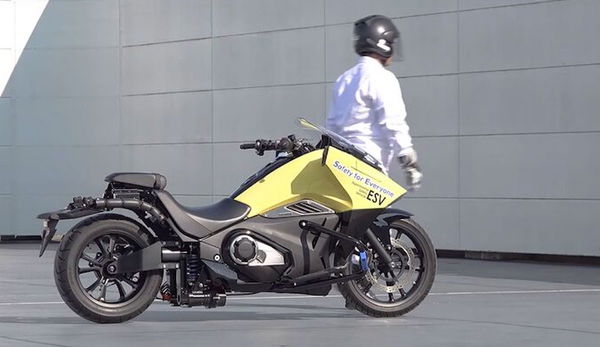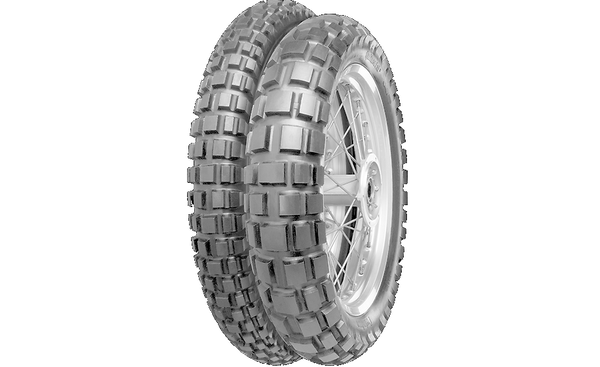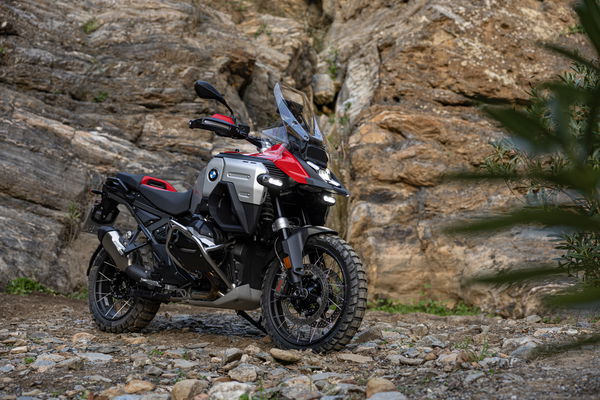Honda is moving forward on self-balance, steering-assist innovations
Honda looks to be getting closer to launching its first motorcycle with the ability to stay upright on its own and ride itself as low speeds

New patents from Honda have revealed it is pushing ahead with plans to introduce both self-balancing technology and autonomous riding to future models, two potentially game-changing innovations for the industry.
The Japanese manufacturer has been toying with the ideas for some years now, ever since it presented the ‘Riding Assist E Concept’ - a more futuristic rendition of the NC 750 X - back in 2017, wowing with its ability to stay upright with no stand.

Four years later and Honda - using a squat-profile but still heavy NM4 Vultus as the base this time - debuted the updated Riding Assist 2.0, a development on the nascent technology.
Suggesting the Japanese firm is feeling more confident about putting it into mass production, now patents show plans are moving ahead for Honda to become the first manufacturer to do so.
Self-balancing isn’t the only innovation being trialled, however, with both models featuring a system that allows for autonomous riding.
While the notion of allowing your motorcycle to ride itself is roundly dismissed as against the very ethos of riding, the point of Honda’s technology is purely in the interests of safety and balance.
In short, while the UK government is apparently cool with you in future watching your favourite Netflix show while your autonomous car does all the work, this idea is wide of the mark for motorcycles.
Instead, the autonomous riding is a bi-product of self-balancing at low speeds to allow the bike to remain on the straight and narrow as you pull off. It’s also being considered for riders needing to take a break from the controls for a few moments.
Using a combination of radar, cameras and LIDAR - a way to maintain a 3D of the motorcycle and the surroundings, effectively making it an invisible scanner - it acts in a similar way to radar assist cruise control that detects when objects encroach your space. However, in an extension, it also works to predict when you as the rider is encountering your own problem and kicks in to correct the issue.











